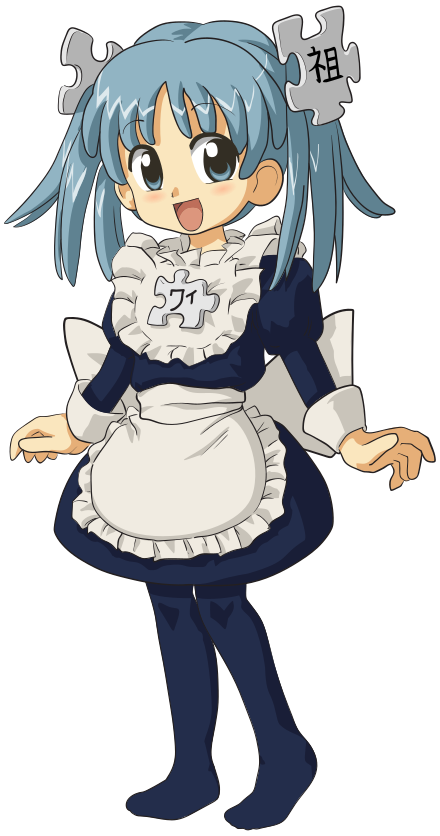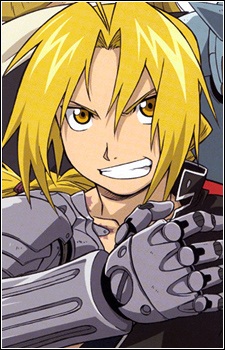Anime & Manga or How Japan Became International
written by art historian & curator
Anime and manga are widely recognized as art forms due to their intricate visual aesthetics and compelling storytelling. Anime, characterized by its vibrant colours, detailed backgrounds, and creative visual effects, showcases its creators’ artistic skill and creativity. Manga, as the comic book or graphic novel counterpart of anime, has the ability to evoke powerful emotions through its combination of visual art and storytelling, much like traditional forms of visual art. Manga artists employ panels, layouts, and pacing to narrate stories visually.
Videos on Japanese culture:
Anime refers to a style of animation that originated in Japan and has become popular worldwide. Manga is a famous comic book that tells stories. Both anime and manga cover a wide range of genres and topics, catering to diverse audiences of all ages. Anime and manga are also representative of Japanese culture as the series includes references to Japanese festivals, holidays, rituals, and customs. Traditional clothing, architecture, landscapes, and even food are often depicted with attention to detail so the viewer journeys through aspects of Japanese daily life and cultural practices.
Artistry & storytelling
Anime and manga are true sources of entertainment but also integral parts of contemporary art and storytelling. They are revered for their visual beauty, artistic choices, and narrative depth, making them distinct and respected forms of creative expression in today’s cultural landscape. Creating anime and manga is a multifaceted process that requires a convergence of artistic skills, technical expertise, and storytelling prowess.

Beyond its visual appeal, anime places a strong emphasis on storytelling, crafting intricate plots, character arcs, and emotional experiences that resonate with audiences. Character design takes center stage as artists meticulously craft them to embody the essence of the narrative. These characters serve as the visual anchors of the story, necessitating a deep understanding of personality traits and cultural context to create distinct and captivating designs.
Storyboarding is also a crucial step in anime production, involving the planning of scene sequences, camera angles, and pacing. This blueprint sets the stage for the animation process, guiding animators and directors in bringing the story to life visually. Animators, in turn, infuse movement into characters and scenes, combining knowledge of anatomy, motion, and emotion to create captivating and dynamic visuals.
Background art is another integral component, with artists crafting intricate and immersive settings that enhance the mood and atmosphere of the story. Colourists contribute to visual harmony by applying colours and shading, while special effects artists introduce dynamic elements like explosions and magic spells to elevate action sequences. Iconic anime series has left a lasting impact on pop culture, fashion, and artistic styles, showcasing their influence as artistic creations.

In the realm of manga, artistry involves a distinct set of skills. Manga artists meticulously plan the layout of each page, strategically arranging panels to dictate the flow and pacing of the narrative. Penciling and inking transform initial sketches into refined, clean lines, and tonal art, adding depth and shading to black-and-white manga pages.
Character expressions are a hallmark of manga artistry, as artists masterfully convey emotions through nuanced facial expressions, body language, and gestures. Moreover, the arrangement of panels and gutters — the spaces between panels — enables manga artists to control the rhythm and tension of the narrative, guiding readers through the story. Manga artists develop their own distinctive styles, much like other visual artists, and these styles can evolve over time, becoming recognizable signatures in the industry. The emotional impact of manga is considerable, as the combination of visual art and storytelling evokes powerful emotions in readers, paralleling the effects of traditional visual art forms.
Both mediums, anime, and manga, involve collaboration among a diverse range of professionals, including directors, writers, animators, artists, sound engineers, and voice actors. The artistry transcends technical proficiency, encompassing creativity and emotive touch. In essence, the creation of anime and manga is a harmonious blend of artistic craftsmanship and narrative ingenuity, culminating in captivating visual storytelling experiences.

Origins of Anime & Manga
Early Japanese animation can be traced back to the early 20th century. Pioneers like Oten Shimokawa experimented with animation techniques, creating short films that laid the foundation for the development of animation in Japan. These early works were influenced by Western animation styles but began to incorporate distinct Japanese artistic elements. A transformative figure in the history of both anime and manga, Osamu Tezuka, emerged in the 1950s. Tezuka’s manga “Astro Boy” captivated audiences and was adapted into one of the first popular anime series. Tezuka’s unique art style and storytelling techniques established him as a central figure in the medium’s development, setting the tone for future creators. “Astro Boy,” “Gigantor” (Tetsujin 28), and “Speed Racer” (Mach GoGoGo) helped propel anime into the mainstream and solidified its role as a form of entertainment for a broader audience.
The subsequent decades witnessed the globalization of anime, with series like “Dragon Ball,” “Sailor Moon,” and “Naruto” gaining popularity beyond Japan’s borders. This global impact showcased anime’s ability to transcend cultural boundaries and become a cherished part of global pop culture.

Manga finds its roots in Japan’s ancient artistic traditions, where illustrated narratives have been present for centuries. Although not explicitly labeled as “manga,” early examples of sequential art can be seen in illustrated scrolls and books like the “Toba Ehon” from the 11th century. These artefacts showcase early forms of storytelling through images and set the foundation for what would eventually become modern manga.
The Edo period (17th to 19th century) introduced ukiyo-e woodblock prints, which had a profound impact on manga’s visual language. Ukiyo-e depicted scenes from daily life, folklore, theatre, and landscapes using a sequential narrative structure akin to manga. This artistic approach influenced the way later manga artists conveyed stories visually. As Japan underwent modernisation and opened up to Western influences, the term “manga” emerged in the 19th century to describe the evolving narrative art. The fusion of traditional Japanese art techniques with Western artistic styles resulted in a distinctive visual language that laid the groundwork for the manga we recognise today.
Iconic characters of anime & manga
While anime and manga are deeply rooted in Japanese culture, their popularity has led to a global fanbase and cultural exchange. Non-Japanese audiences appreciate these forms of media, contributing to cross-cultural understanding. Character designers are responsible for creating unique and visually appealing characters that capture the essence of the story. They consider factors like personality, role, and cultural context to design characters with distinct features and expressions.
Astro Boy (Astro Boy)

Astro Boy, also known as Tetsuwan Atom, holds a special place as one of the earliest iconic characters in anime and manga history. Created by Osamu Tezuka, Astro Boy is a robot with advanced abilities, fighting for justice and equal rights for robots and humans alike. His heartwarming stories and themes of acceptance continue to resonate across generations.
Naruto Uzumaki (Naruto)
Naruto Uzumaki, the titular character of the “Naruto” series, is one of the most iconic protagonists in anime and manga. His journey from an orphaned outcast to a determined ninja striving to become Hokage (leader of his village) resonates with audiences. His signature orange jumpsuit, ninja headband, and determination have made him a beloved and recognizable figure.
Goku (Dragon Ball)
Goku, the main character of the “Dragon Ball” series, is a legendary figure in the world of anime. His relentless pursuit of strength, his adventurous spirit, and his iconic Super Saiyan transformations have captivated fans for decades. His cheerful personality and unwavering dedication to protecting Earth make him a timeless favourite.
Sailor Moon
Sailor Moon, also known as Usagi Tsukino, is the central character of the “Sailor Moon” series. As the leader of the Sailor Guardians, she fights to protect Earth from evil forces. Her transformation sequences, her iconic tiara, and her empowering message of friendship and love have made her an enduring symbol of the magical girl genre.
Light Yagami (Death Note)
Light Yagami, the main character of the series “Death Note,” is a complex personality, with ambiguous traits. When he discovers a notebook that grants him the power to kill by writing names, he becomes an antihero pursuing a world he deems free of crime. His intellectual battles with the enigmatic detective L have captured the intrigue of many fans.

Edward Elric (Fullmetal Alchemist)
Edward Elric, the main character of “Fullmetal Alchemist,” is a skilled alchemist seeking the Philosopher’s Stone to restore his and his brother’s bodies after a failed experiment. His intelligence, determination, and metal prosthetics have made him a beloved character in the world of anime, symbolizing resilience and the pursuit of knowledge.
Both anime and manga underwent transformative phases as they adapted to changing societal norms, artistic influences, and technological advancements. Today, they remain vibrant and dynamic mediums, deeply rooted in Japan’s artistic heritage while continuously evolving to embrace new creative directions and global perspectives.





Leave a Reply